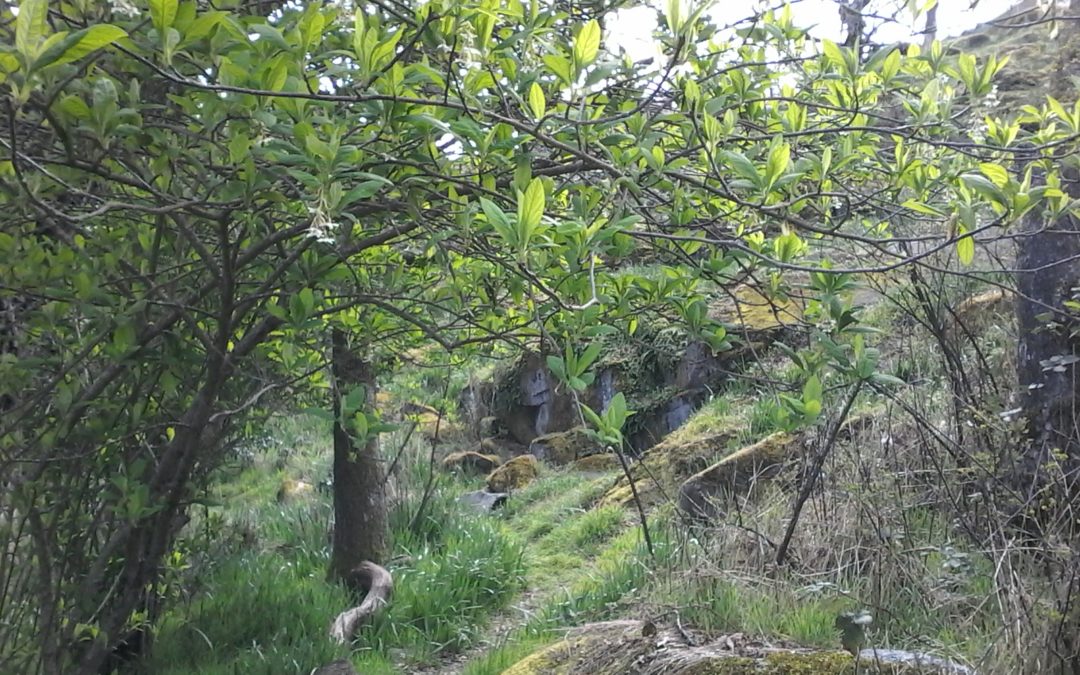October is Women’s History Month, and every month is Tree Conservation Month.
Ever since the ancient days of pagana (“women of the countryside”) and druid-women (“druid” is a Celtic word for “knower of the oak”), women have allied themselves with trees. More recently they have fought for them as urban pagans in the cities where most of humanity now lives, and where we need the blessings of trees more than ever.
Sisters Octavia Hill and Miranda Hill worked for tree preservation in 19th century London, and were instrumental in the preservation of Hampstead Heath and other parks in that growing industrializing metropolis.
In 1922, the Quaker Ada Salter became the mayor of the London borough of Bermondsey, and began a tree planting scheme for the beautification of that urban neighbourhood, turning it into a garden suburb with 7000 trees planted by 1930. Like her sister-activist Octavia Hill, she connected urban parks and leafy streets with public health. (Her statue stands in Bermondsey today.)
Octavia Hill coined the term “greenbelt” for linked park spaces around cities, and in Kenya in 1977 another Tree Woman, Wangari Maathai, founded the Kenyan Green Belt Movement through which agricultural women conserved forest land for sustainable use. Again women were at the forefront, connecting forest preservation with public health and beyond that with the wars that result from resource scarcity.
These women mirrored the campaign of the Chipko (“tree-clinging”) movement in India, where in the 1970s Himalaya village women blocked loggers from cutting down trees on which they relied. In 1980 Prime Minister Indira Gandhi banned the logging that had threatened the woods.
Tree-hugging women, then, have always been at the forefront of forest conservation, and continue the struggle right up to the present stand-off at Fairy Creek in British Columbia, where some of BC’s last old-growth forest is under immediate threat.
Tree-defending is a significant and sometimes overlooked chapter in Women’s History, and remains a major aspect of keeping nature and civilization healthy in Planet Earth’s present.
—
S. B. Julian writes about history and conservation in various blogs and magazines.
